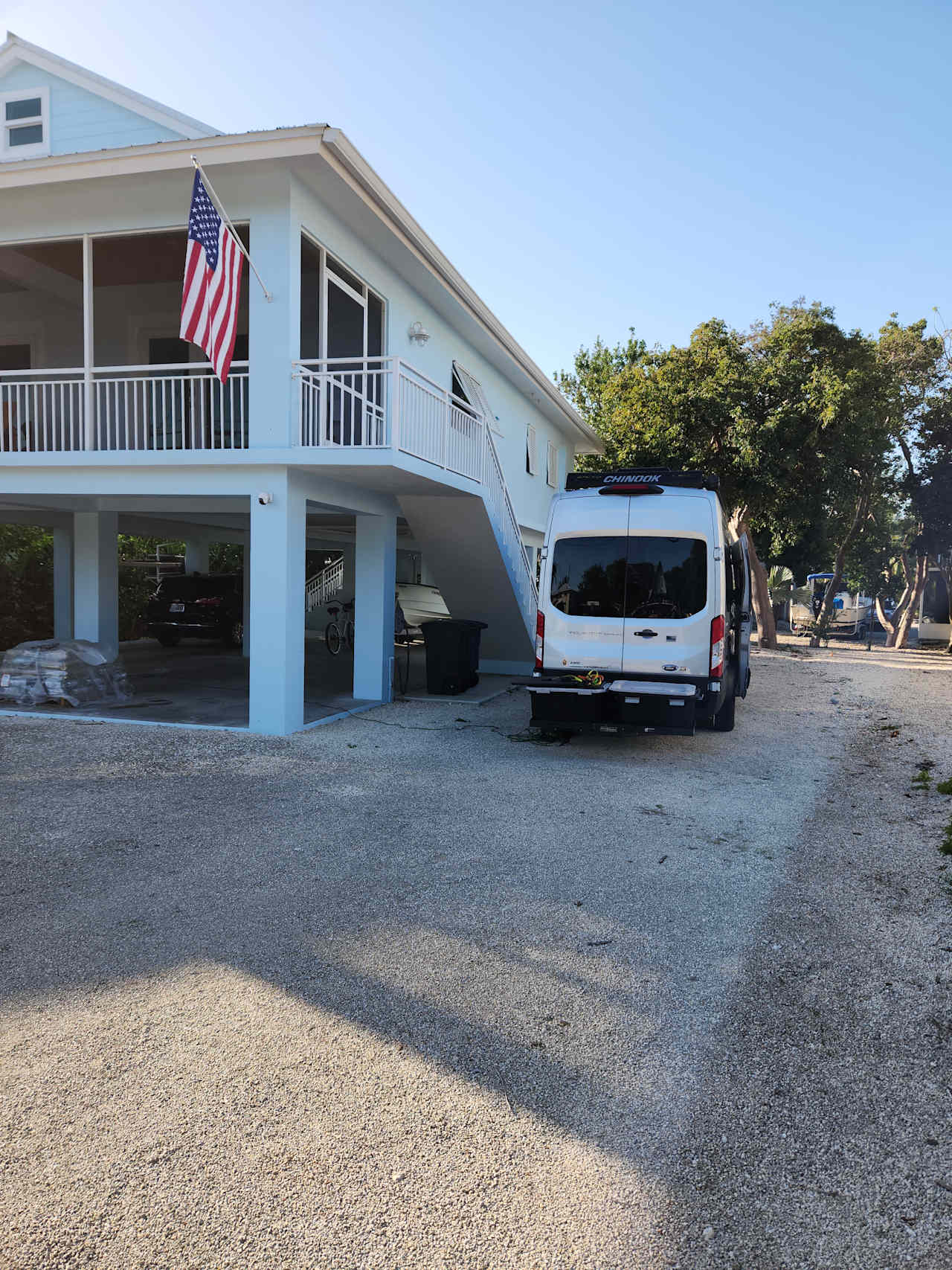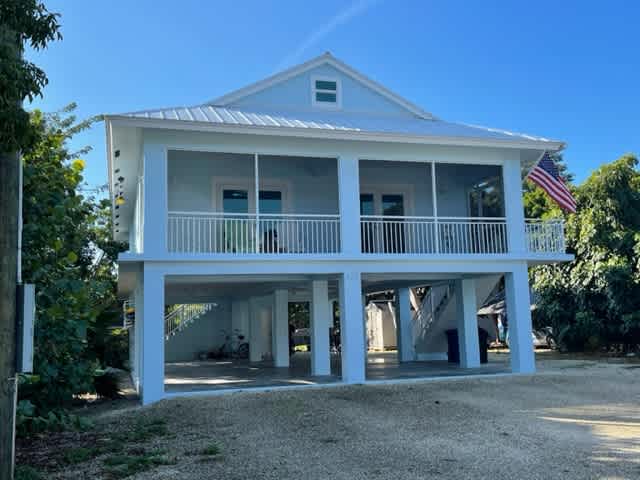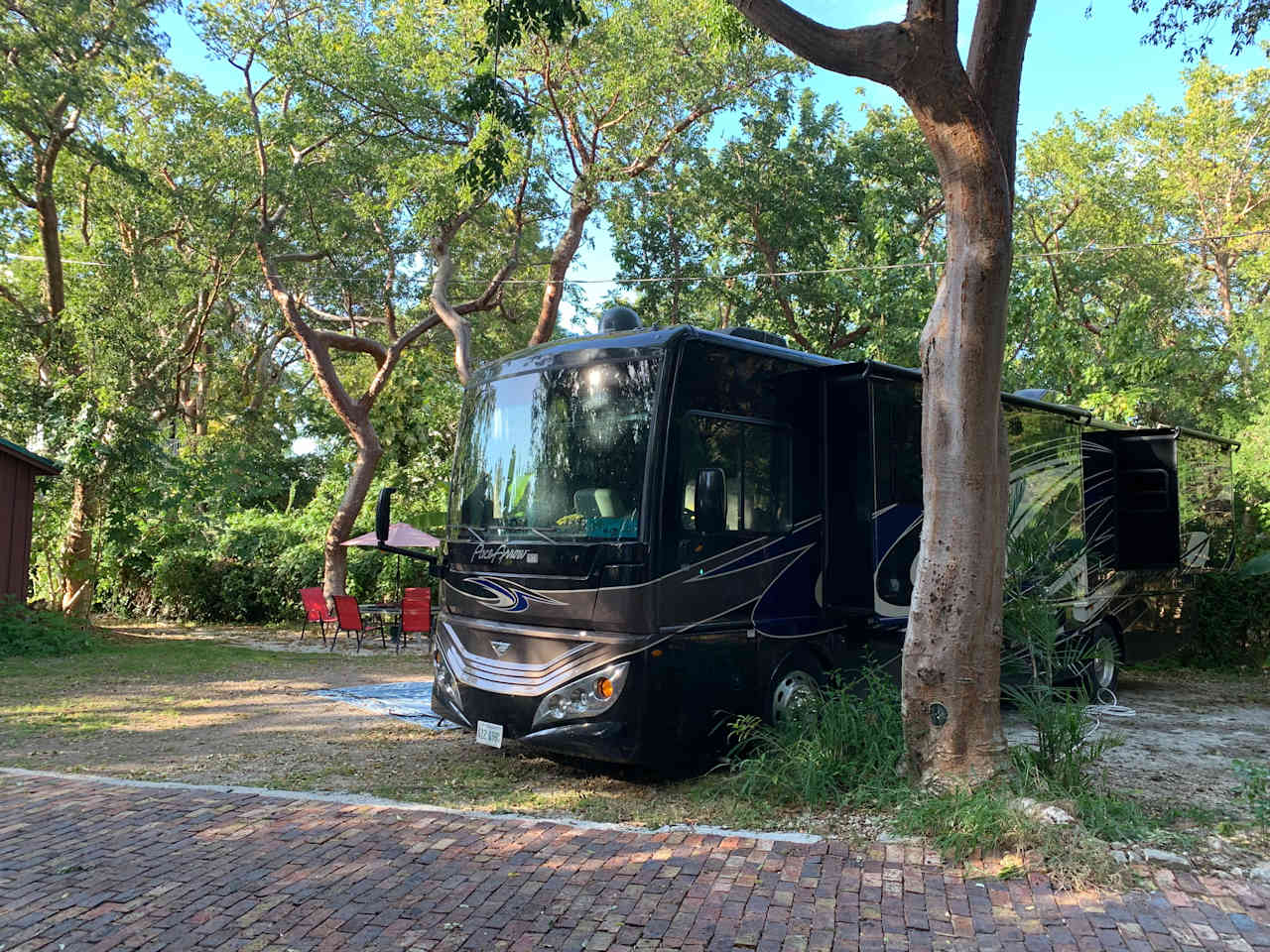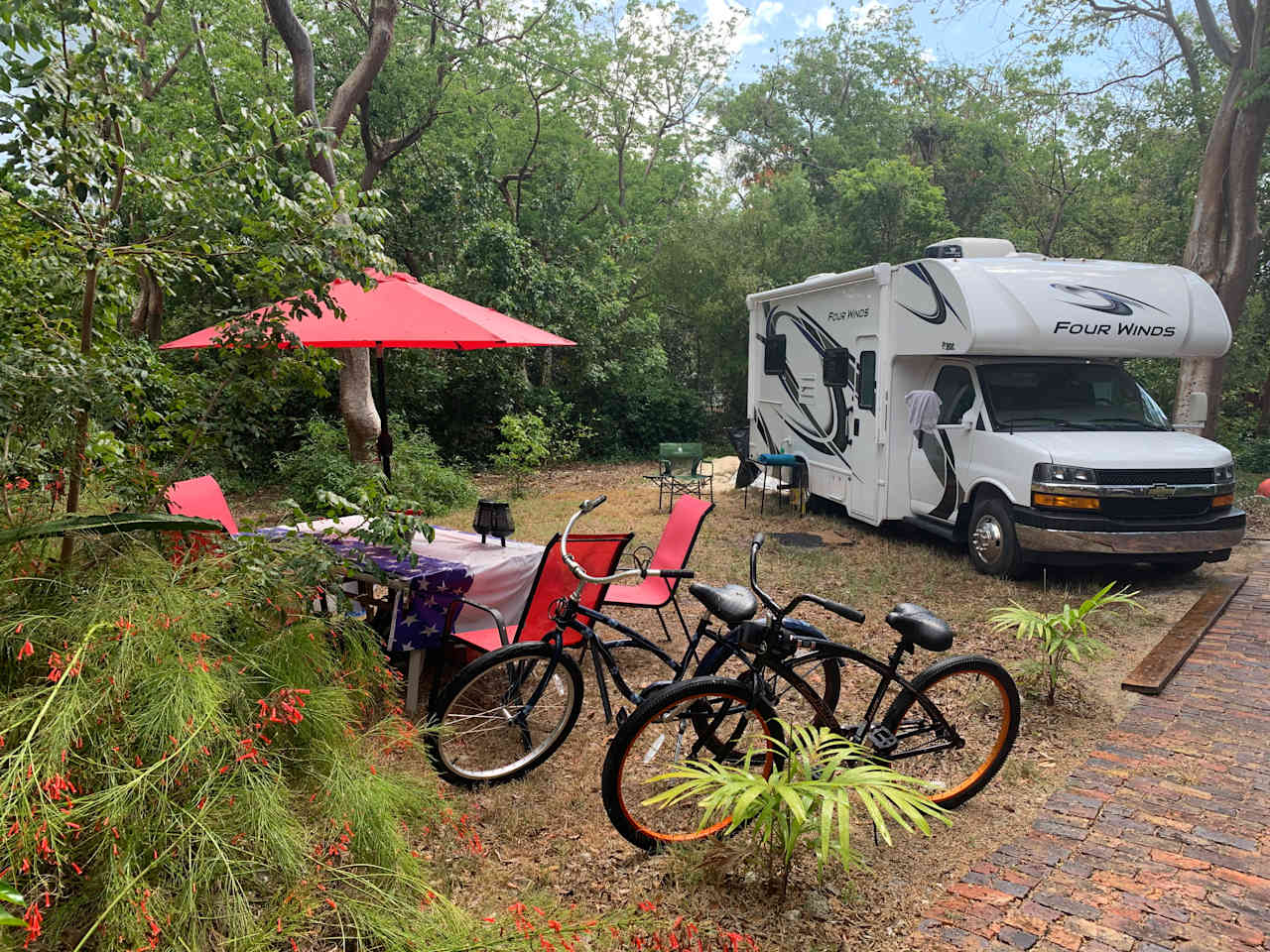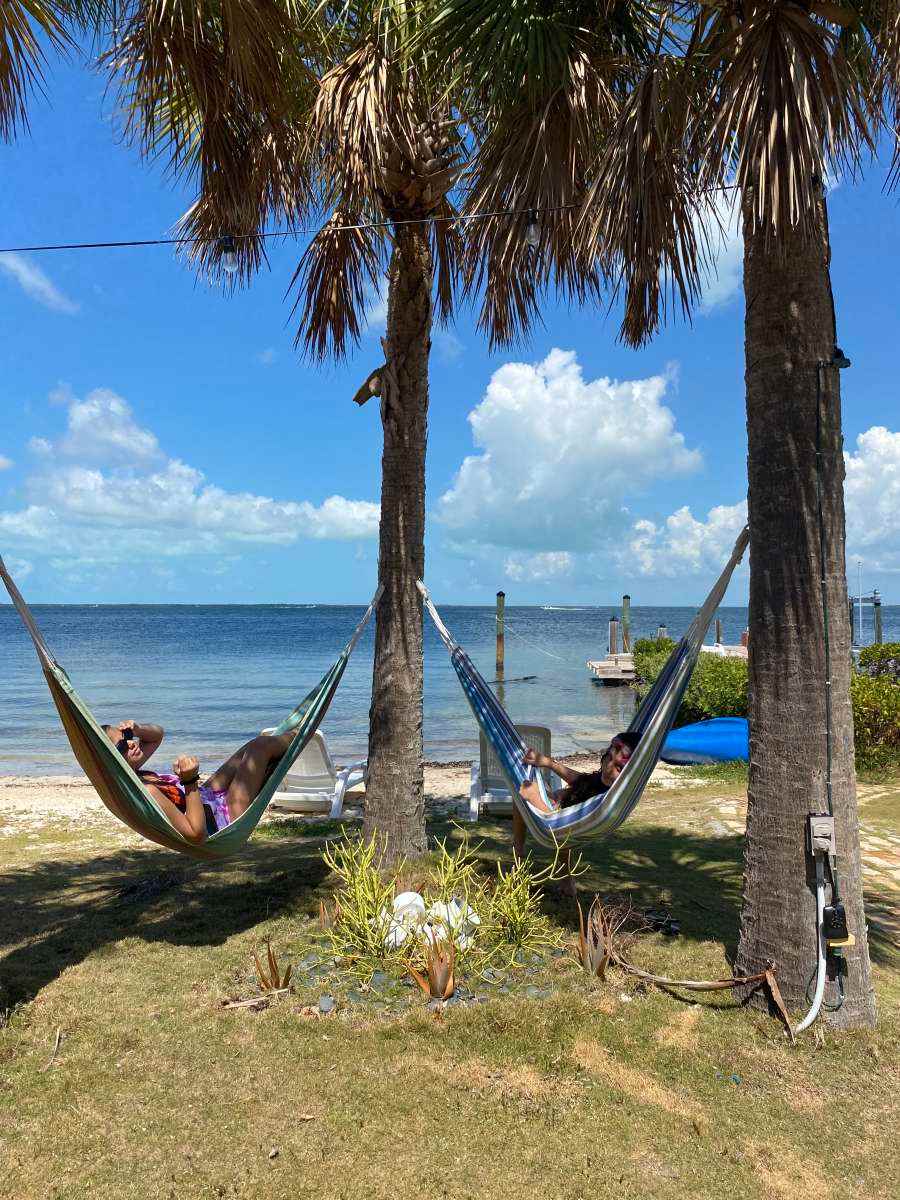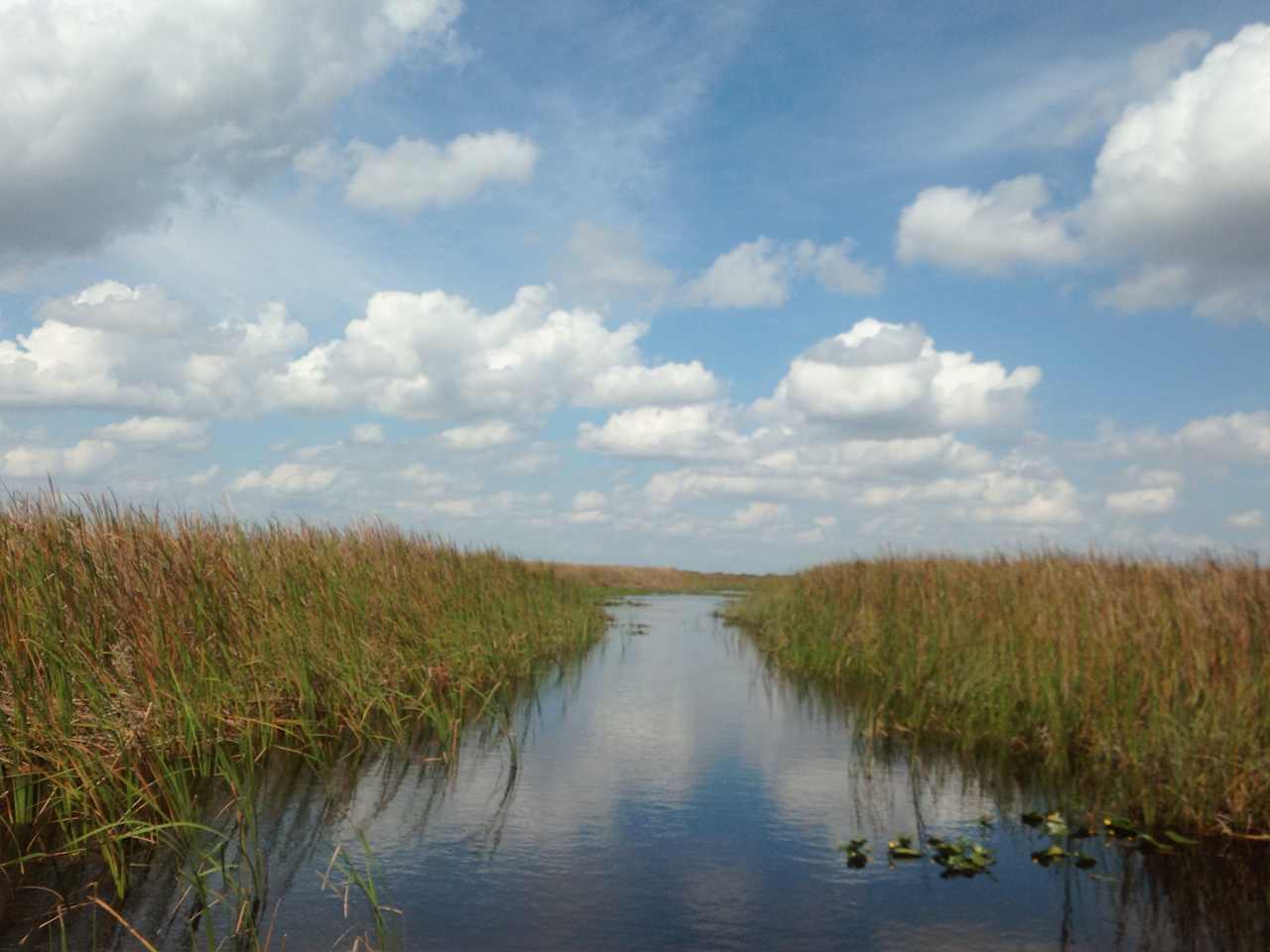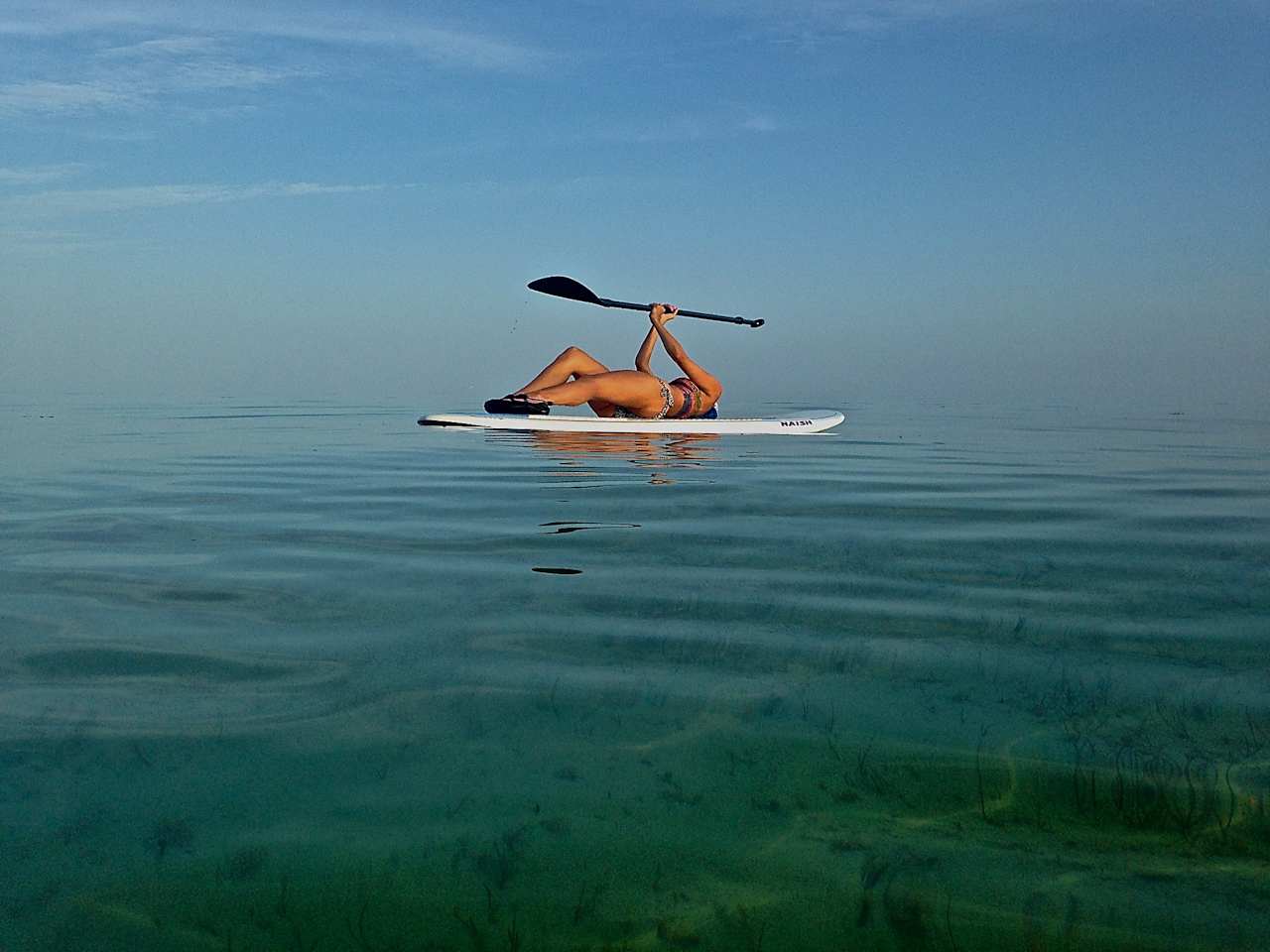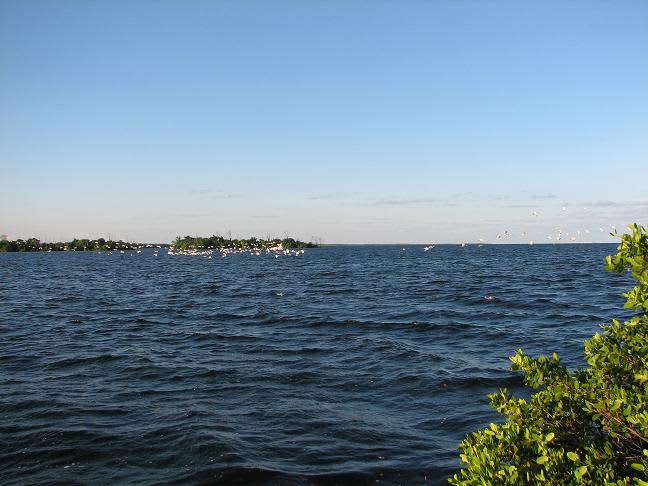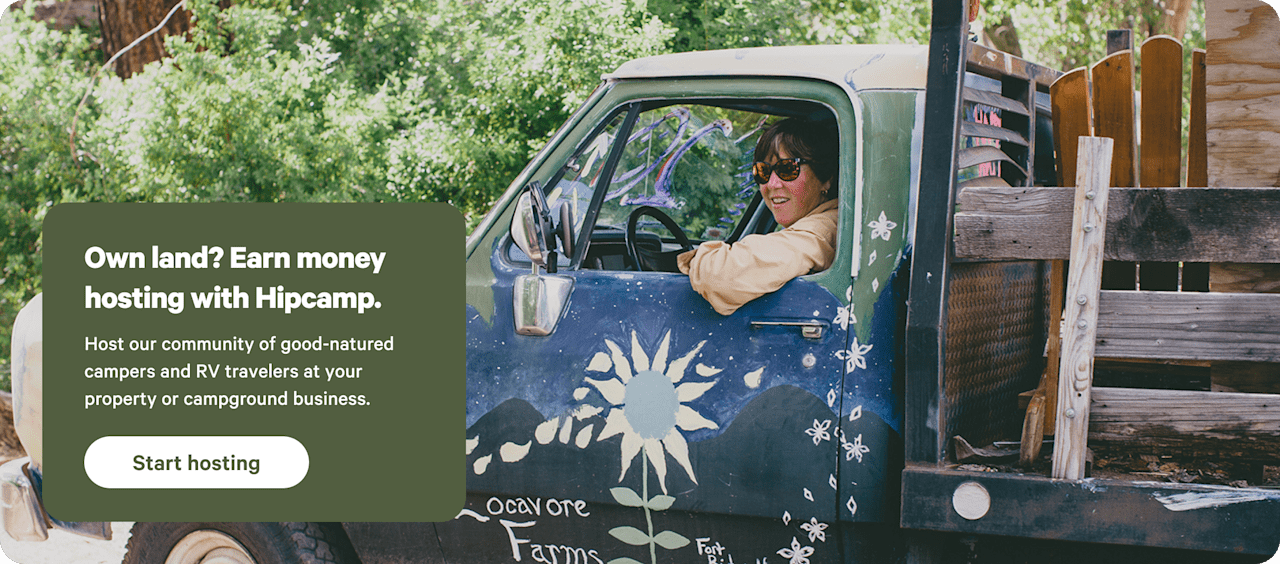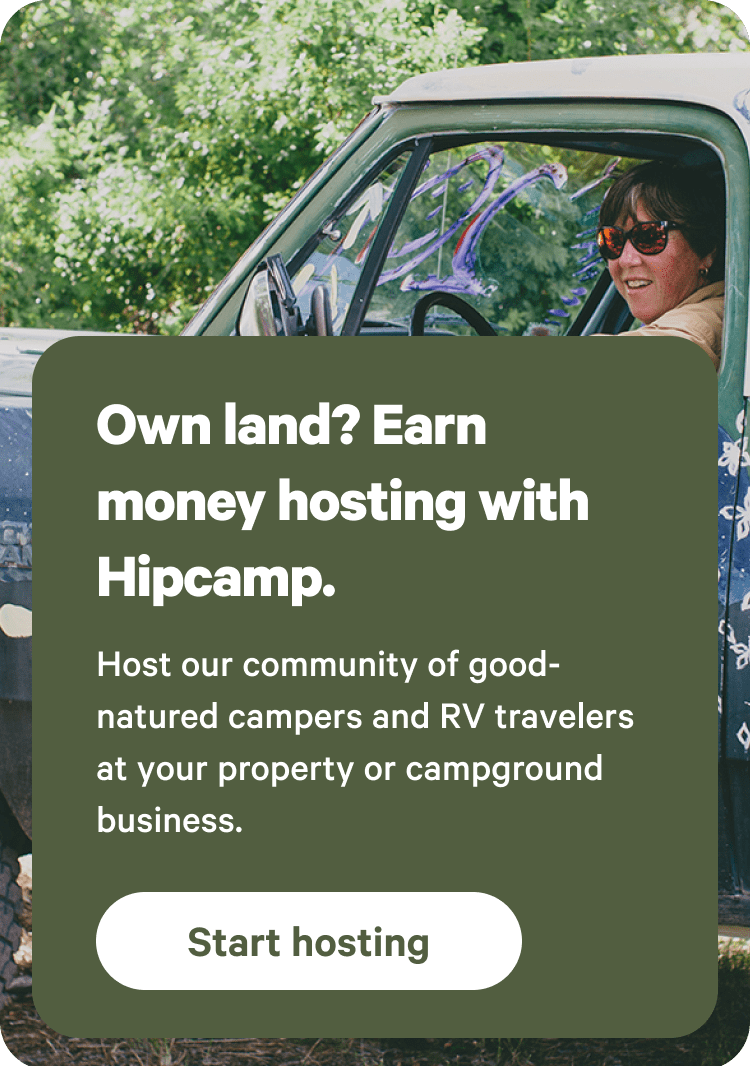Beach camping near Key Largo with hiking
Explore tropical forests, coral reefs, and white-sand beaches in the gateway to the Keys.
- Key Largo
Popular camping styles for Key Largo
2 top beach campgrounds near Key Largo with hiking
Islandmorada Water Retreat
Bayside beach, fishing and camping
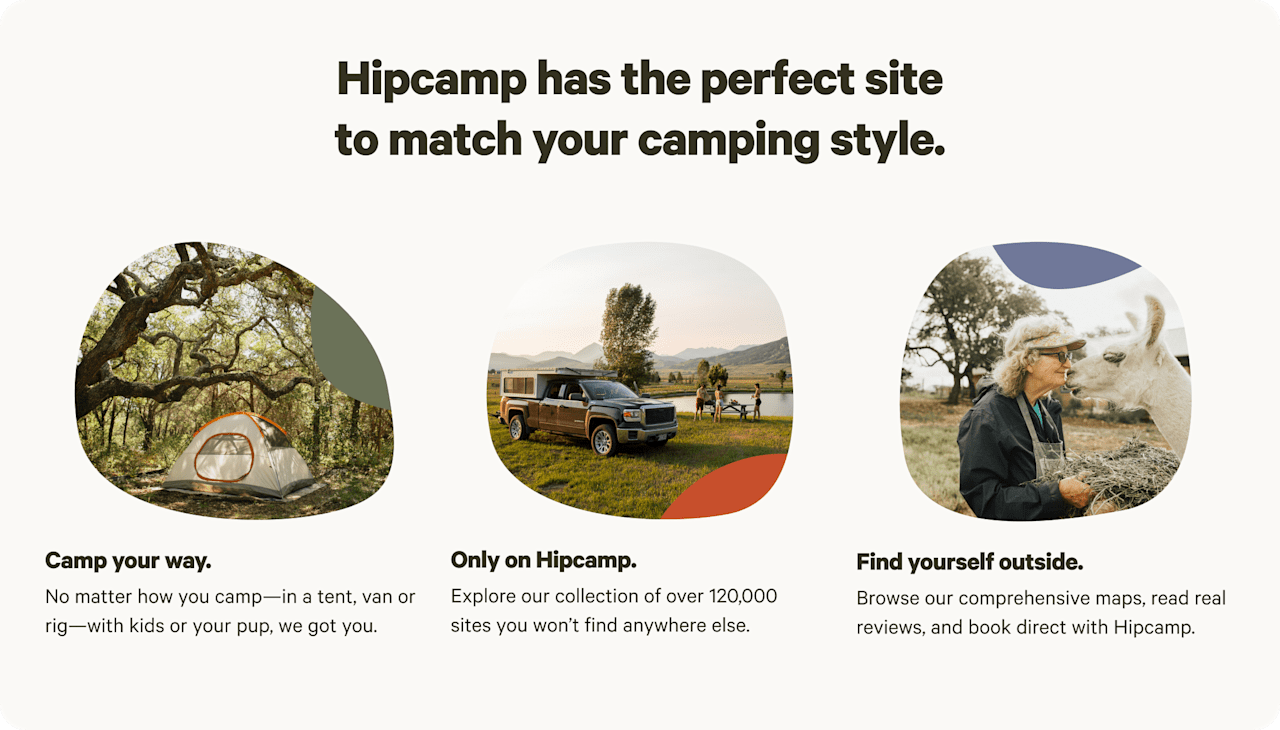

Beach camping near Key Largo with hiking guide
Overview
Fringed by lush tropical forests, sandy beaches, and a kaleidoscope of coral reefs, Key Largo is Mother Nature’s gift to the Florida Keys. A short hop from the mainland and just an hour’s drive from Miami, the first of the Keys is ground zero for snorkelers and scuba divers, and the gateway to the Florida Keys National Marine Sanctuary and Dagny Johnson Key Largo Hammock Botanical State Park. Campers have everything from 4-star RV resorts and glampsites to rustic coastal campgrounds at John Pennekamp Coral Reef State Park. All you need now is a Rum Runner cocktail and a slice of Key Lime pie.
Where to go
Upper & Middle Keys
The 113-mile-long Overseas Highway stretches west from Key Largo, and it’s a road trip like no other, passing 42 bridges and linking 800 islands. Campgrounds are easily found in the Upper and Middle Keys, where you can go boating and fishing around the six islands of Islamorada, take a hike in Lignumvitae Key Botanical State Park, then cross the Seven Mile Bridge to Marathon. Curry Hammock State Park and Long Key State Park both have tent and RV camping away from the crowds.
Lower Keys
Wildlife refuges and marine sanctuaries await in the Lower Keys, and these tranquil islands provide plenty of options for campers, from seaside cottages and glampsites to ocean-view RV campgrounds. Don’t miss the wild beaches and bays of Bahia Honda State Park, a hotspot for snorkeling and stand-up paddleboarding, and the National Key Deer Refuge at Big Pine Key.
Key West & Dry Tortuga
With its eclectic architecture, colorful conch houses, and historic monuments—most famously the homes of Ernest Hemingway and Tennessee Williams—Key West is the coolest camping spot in the Keys. Once you’ve watched the sunset from Mallory Square, dined at one of the restaurants along Duval Street, and tried out the latest adrenaline-fuelled water sports, hop on a ferry or seaplane for an island camping getaway at Dry Tortugas National Park.
Everglades National Park
Just a short drive from Key Largo, the Everglades National Park has more than 600,000 hectares of UNESCO-protected landscapes, where you can cruise through the wetlands, kayak around the marshes, and spot alligators, manatees, and wading birds. Explore on a day trip or stay the night at one of the park’s two campgrounds.
When to go
Year-round sunshine and warm waters make Key Largo a hotspot for winter sun, and December through March is peak season. High prices and big crowds are expected at this time, so book ahead, but it’s also the liveliest time to visit, with festivals such as the Key Largo Boat Parade. Camping is possible through summer, but high humidity, temperatures over 90°F, and hurricane season (June-November) can temper travel plans.
